Are the religious stories, myths, and symbols unique in their ability to point at the transcendent?
Are the religious stories, myths, and symbols actually unique in their ability to point at the transcendent? Or is the table as it appears to us in this plain of existence in physical reality equally just a sign pointing in the direction of what the table is in the grander reality outside our limited perception?
After an psychedelic trip, whether from LSD, psilocybin mushrooms, or DMT, etc., trippers often attempt to describe the experience verbally. And, of course, their attempt fails to come close to the actual experience. There simply aren't words to describe the experience. Trippers tend to resort to these strange metaphors.
Words only point a listener in the direction of their own past experience. After a psychedelic trip or a religious experience, whoever experiences this will attempt to communicate their experience with words. And each word carries some meaning for the speaker that articulates some aspect of the experience, so they use this word. But unless the listener has personally experienced what the speaker has experience, their interpretation of the word will not include what the speaker is attempting to communicate.
I believe that there have been Sages throughout history, whether their names were Abraham, Jesus, Muhammad, whomever, and they, for whatever reason, were able to open themselves to it; they were able to detach themselves from the distractions that keep us from seeing it; or perhaps their chemistry was just in such a way that enabled them to be more open to these other plains from birth. And I believe that whatever they needed to experience couldn't be spoken about directly, because their languages simply lacked the words to directly and accurately describe the experience (and our languages still do).
Now the point of this:
We assume that there is something on another plain that exists, or something that exists outside that which our limited perception is able to grasp. And that the religious and mythological symbology points us in the direction of this ineffable thing. But even the objects in this physical reality as they appear to us are only symbols, interpretations of the object. The table certainly is not just the way the table appears. The way the table appears is just a reflection, a shadow of what the table actually is. Are the religious stories, myths, and symbols actually unique in their ability to point at the transcendent? Or is the table as it appears to us in this plain of existence in physical reality equally just a sign pointing in the direction of what the table is in the grander reality outside our limited perception?
Perhaps it's specifically because of the otherwise non-utility of the religious symbols and their psychological import that makes them primely capable of pointing us in the particular direction of the transcendent.
